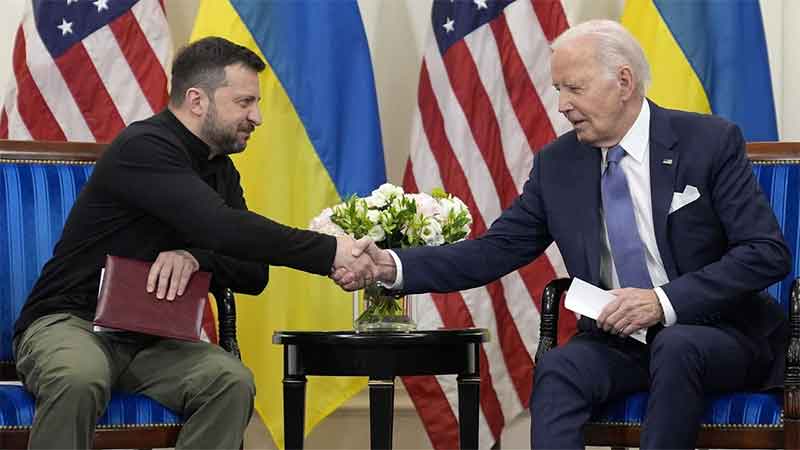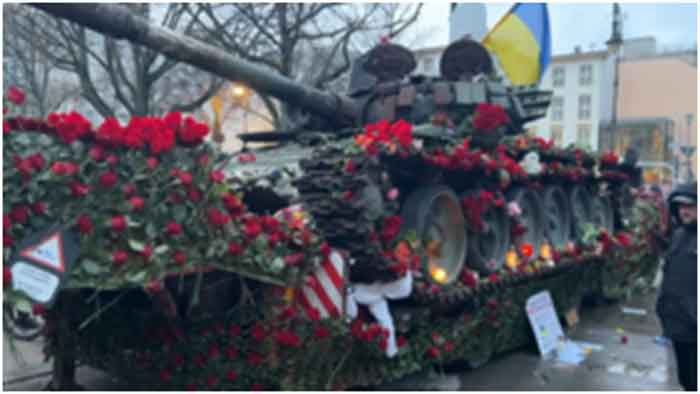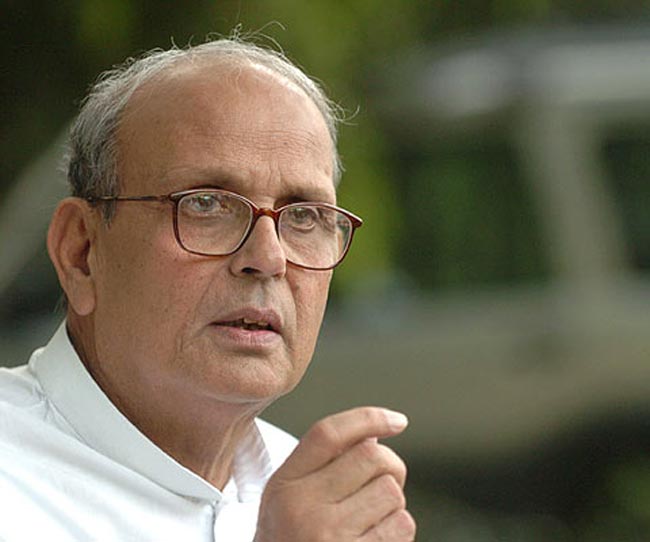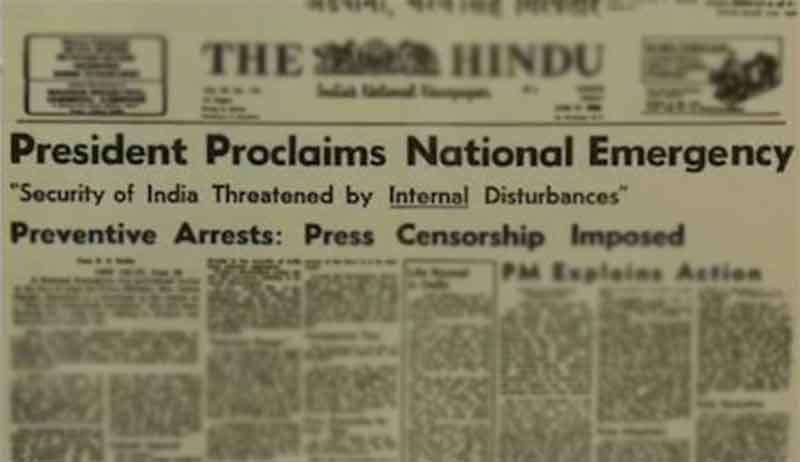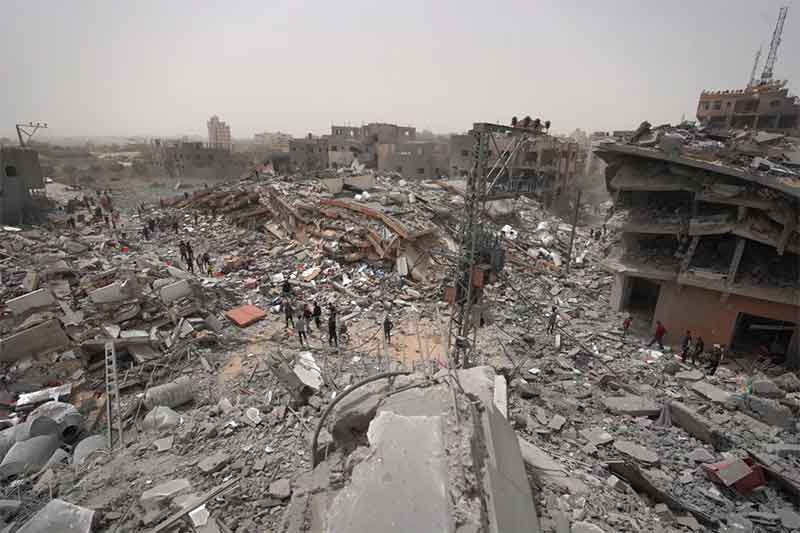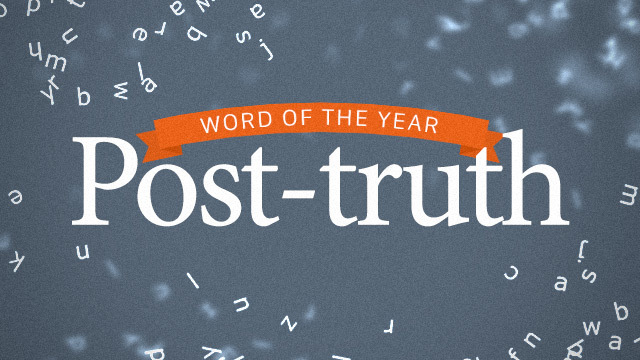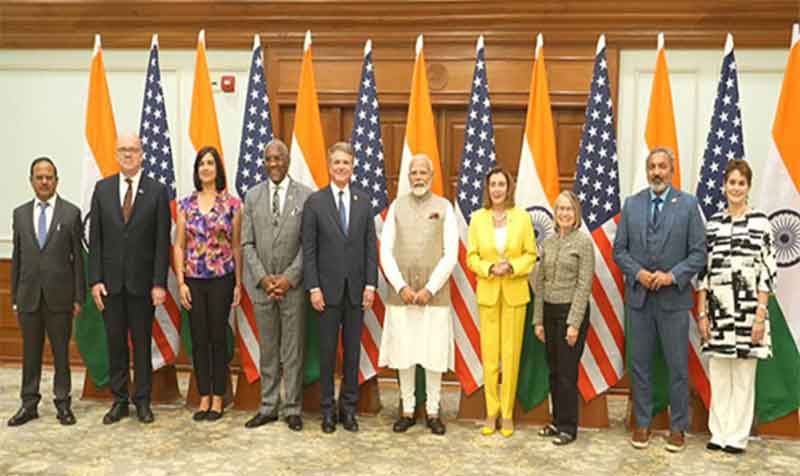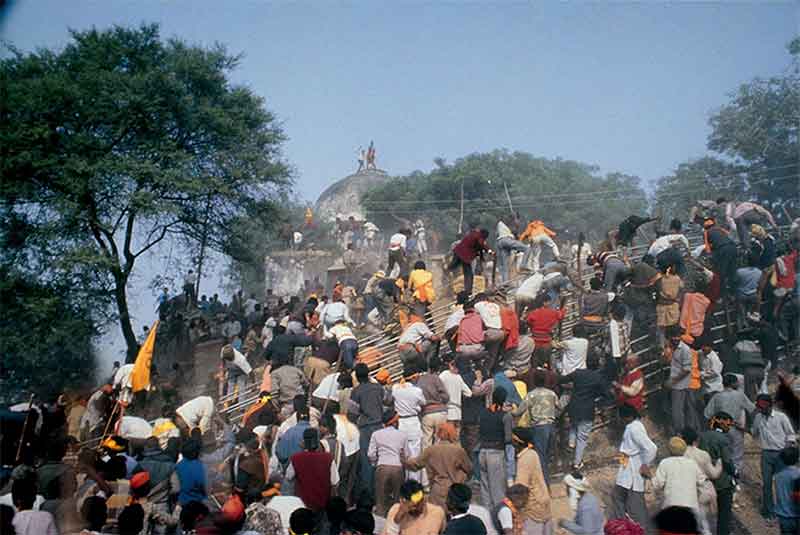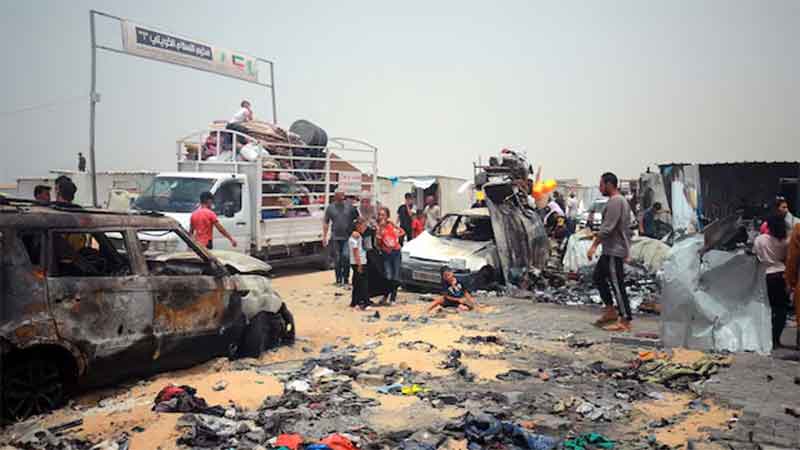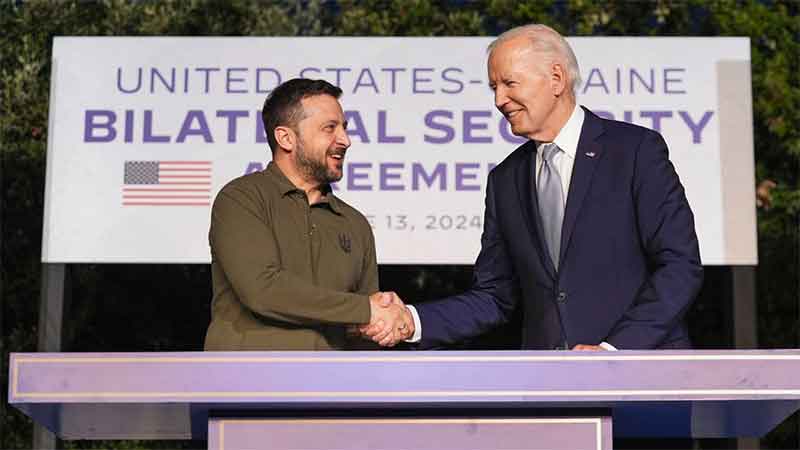
The US-led axis of imperialist powers concluded a whirlwind week of summits Friday, including the G7 Summit, a meeting of the NATO defense ministers, and the Ukraine contact group, all of which had the effect of significantly escalating their global war against Russia and China.
These summits set the stage for the upcoming July 9-11 NATO summit in Washington D.C., which is expected to see a qualitative escalation in the level of direct NATO involvement in the war against Russia in Ukraine.
The most high-profile of this week’s summits was the G7 meeting, in which leaders from the US, Canada, France, Germany, Japan, and the United Kingdom met in Italy, under the auspices of Italian Prime Minister Giorgia Meloni, a disciple of Benito Mussolini who has publicly praised the fascist dictator as “a good politician.”
The summit moved toward a direct seizure of Russian assets worldwide, committing $50 billion from the interest on seized Russian assets to Ukraine for the war effort. “With a view to supporting Ukraine’s current and future needs in the face of a prolonged defense against Russia,” declared the communique, “the G7 will launch Extraordinary Revenue Acceleration Loans for Ukraine, in order to make available approximately $50 billion in additional funding to Ukraine by the end of the year.”
At the G7 summit, US President Joe Biden and President Zelensky also signed a 10-year defense agreement that further solidifies Washington’s involvement in the war with Russia. Announcing the agreement, Biden called it “another reminder to Putin: We’re not backing down.”
Along these lines, the G7 summit’s communique declared, “Ukraine is defending its freedom, sovereignty, independence, and territorial integrity against Russia’s brutal and unjustifiable war of aggression.”
Crucially, the G7 made its most explicit condemnation to date of China’s economic ties with Russia, accusing the country’s government of providing material support to Russia’s war machine and of efforts to “facilitate Russia’s acquisition of items for its defense industrial base.” The summit communique declared, “We express our deep concern at the People’s Republic of China’s support to Russia.”
The G7 likewise offered a de facto endorsement of Israel’s genocide in Gaza, which has killed over 40,000 Palestinians since October, 2023, declaring: “We express our full solidarity and support to Israel and its people and reaffirm our unwavering commitment towards its security.”
The same day as the communique was published, NATO concluded a meeting of the alliance’s defense ministers to set the stage for the upcoming NATO summit in Washington.
NATO Secretary-General Jens Stoltenberg declared that NATO had made “significant progress” in expanding its involvement in the Ukraine war and military rearmament targeting Russia.
Stoltenberg said the main goal of next month’s summit was to transition NATO into playing the lead role in arming and coordinating the flow of weapons to Ukraine—as opposed to ad-hoc agreements between individual NATO members and Ukraine.
He said:
We have agreed on a plan that sets out how NATO will lead the coordination of security assistance and training. NATO will oversee training of Ukrainian armed forces at training facilities in Allied countries, support Ukraine through the planning and coordination of donations, manage transfer and repair of equipment, and provide support to the long-term development of Ukraine’s Armed Forces.
Stoltenberg, practicing the big lie, asserted the central point of his proposals by flatly denying it, declaring, “These efforts do not make NATO a party to the conflict.”
The truth is precisely opposite. In fact, the central point of these changes is to make NATO an ever more direct party to the conflict, playing the lead role in coordinating logistics, planning, training, and command-and-control.
These summits followed the announcement by Biden last week that the United States has authorized Ukraine to use US-provided long-range weapons to strike directly inside of Russia, and formal moves by the government of France to create a “coalition” of countries that will be sending ground troops to Ukraine.
Even as NATO is increasing its direct involvement in the war in Ukraine, it is making active plans for a much broader war with Russia spanning the entire European continent. Stoltenberg declared at last year’s NATO summit that “Allies agreed on the most comprehensive defense plans since the Cold War.”
These plans are now being put into place. Stoltenberg declared:
Allies are offering forces to NATO’s command at a scale not seen in decades. Today we have 500,000 troops at high readiness across all domains, significantly more than the goal that was set at the 2022 Madrid Summit.
He added:
NATO has also doubled the number of battle groups on the Eastern flank. Allies are also taking on larger, more demanding exercises to test our abilities. This year, Steadfast Defender included some 90,000 troops across Europe.
Most ominously, Stoltenberg declared, “We also discussed the ongoing adaptation of our nuclear capabilities. We are a nuclear Alliance.”
This statement comes amid a report last week in the New York Times that the United States, on top of a multitrillion-dollar program to modernize its existing nuclear arsenal, is making plans to expand the total number of nuclear weapons it deploys.
The rate of NATO’s military rearmament is staggering. A recent report by the Atlantic Council think tank noted:
NATO has moved to double the size of the four battle groups established in 2017 on the eastern flank, and added four more, matched by five air policing missions. The United States has added an additional brigade set of prepositioned equipment in Europe, forward-based two additional F-35 squadrons in Europe, and increased its presence on the eastern flank from brigade to division size, augmented by a corps forward headquarters with enablers.
This week’s summits followed the conclusion of the monthly meeting of the Ukraine Defense Contact Group, chaired by Secretary of Defense Lloyd J. Austin.
Austin boasted of the “staggering losses on the Russian invaders,” inflicted by Ukraine and its backers. He declared:
Since Putin’s full-scale invasion in February 2022, at least 350,000 Russian troops have been killed or wounded. Ukrainian forces have sunk, destroyed, or damaged 24 Russian vessels in the Black Sea. And since September of last year—just before the Kremlin began its renewed offensive—Russia has lost more than 2,600 combat vehicles across the front lines in Ukraine.
Despite this gloating over alleged Russian losses by US officials, the military situation for Ukraine is disastrous; the country is facing a major conscription crisis following the deaths of hundreds of thousands of soldiers on the front lines and growing popular opposition to the dictatorial Zelensky government and NATO’s war to the last Ukrainian. This military disaster forms the context of moves by the US and NATO to expand their own involvement in the war, which threatens to rapidly escalate out of control and engulf not only all of Europe but the whole world.
Originally published in WSWS.ORG




